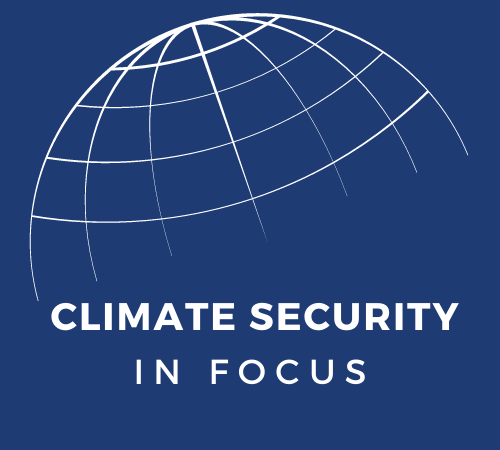
Climate Change and the Global Food Supply
As the world focuses on the 20 million tons of wheat trapped in the besieged country of Ukraine, the estimated 21% global drop in agricultural productivity since 1961 has gone relatively unnoticed. Russia’s invasion of Ukraine has highlighted and exacerbated concerns over intensifying global food insecurity, but it has also dwarfed the much larger culprit behind decades of mounting food security concerns: climate change. Increased strain in the wake of Covid-19 and its supply chain bottlenecks, labor shortages, and diminished purchasing power for individuals and countries have further heightened climate change’s impacts. Calls for renewed investment in resilient food supply systems and efforts to mitigate the impacts of climate change emerged years ago during the 2007-2008 food crisis. However, actions in the years since have been grossly underwhelming and the United Nations (UN) has warned that if countries fail to sufficiently address climate change in the coming years, food security will be severely threatened.
This prediction can be felt in all the major breadbaskets of the world. India is the world’s second-largest wheat producer, but early 2022 rainfalls were 71% below the norm and record-breaking heat waves averaging 91-100 °F have brought India’s farms under enormous stress. In India’s main breadbasket region, Punjab, harvests were down 15%, with some districts experiencing up to 30% reductions relative to the year prior. Following India’s largely reduced harvest, wheat exports were severely restricted.
In China, another one of the world’s largest producers and exporters of wheat, natural disasters have damaged 30 million acres of crops, leading to a 20% fall in production compared to the average. In Brazil, the leading producer of soybeans and corn, drought has made 28% of agricultural lands no longer climatically optimal. Droughts have also cut into recent harvests for North America, and even the U.S., which supplies 25% of all grains to the global market. From 2000 to 2021, North America experienced its driest period in centuries, resulting in a 20% drop in crop production in the Midwest.
The impacts of climate change on food production and food security are far-reaching and expected to worsen. Wheat prices hit a 14-year peak in March 2022 due to the nexus of climate and conflict related drivers. While Americans have certainly felt these price increases at home, there lies a much more imminent and existential national security threat in these statistics.
Shortages of food and resulting prices spikes are most deeply felt in fragile or conflict-ridden regions where these events are most likely to lead to widespread social and political unrest. Despite India’s pledge to continue to export wheat to its most fragile neighbors, like Sri Lanka, which in 2019-2020, imported more than 50% of their wheat from India, have yet to feel this relief. As of July, 6.26 million Sri Lankans are unsure where their next meal is coming from and the UN has warned of serious economic and political fallout and widespread unrest. Moreover, shocks to the global food supply initiated in foreign countries have been further compounded in the Middle East and North Africa (MENA) region and the Horn of Africa by their own domestic battles against climate change.
In the Horn of Africa and greater Middle East and North Africa region, many countries were similarly hopeful that Indian exports would replace the over 40% of wheat imports sourced from Russia and Ukraine. Instead, climate change abroad and at home has guaranteed food insecurity. In Kenya, seasonal harvests have hit their lowest in decades, in Sudan record flooding has decimated crops, and in Somalia, following unprecedented droughts, the country is entering its fifth failed rainy season. Consequently, in Ethiopia, Somalia, and Kenya, the number of individuals facing extreme hunger has more than doubled in the past year, now up to 23 million. Similarly in MENA, Iran, Syria, Iraq, and Egypt have all seen reductions in their 2021-2022 growing seasons. Bread prices in Lebanon have spiked 70%, and 33% in Kenya and Egypt.
In these regions the International Panel on Climate Change (IPCC) has predicted that forced migration will be the only way for millions to cope. As displacement is sure to rise to unprecedented levels in the coming months and years, Americans can expect levels of unrest to rise as well. The chief of climate and disaster risk reduction at the UN’s World Food Program (WFP), has warned that rising food prices are stoking political unrest worldwide. Climate change’s significant role in global food insecurity has and will continue to disrupt geopolitical stability. As climate change continues to go largely unaddressed, in the coming months food insecurity and its cascading impacts will bring varied and urgent threats to the doorstep of Americans and U.S. foreign policy.
Climate Security in Focus is a blog series dedicated to exploring key elements of climate security that impact American interests both at home and abroad. The series aims to examine specific aspects of climate security issues in order to better understand climate policy challenges, facilitate conversation, and generate ideas.





